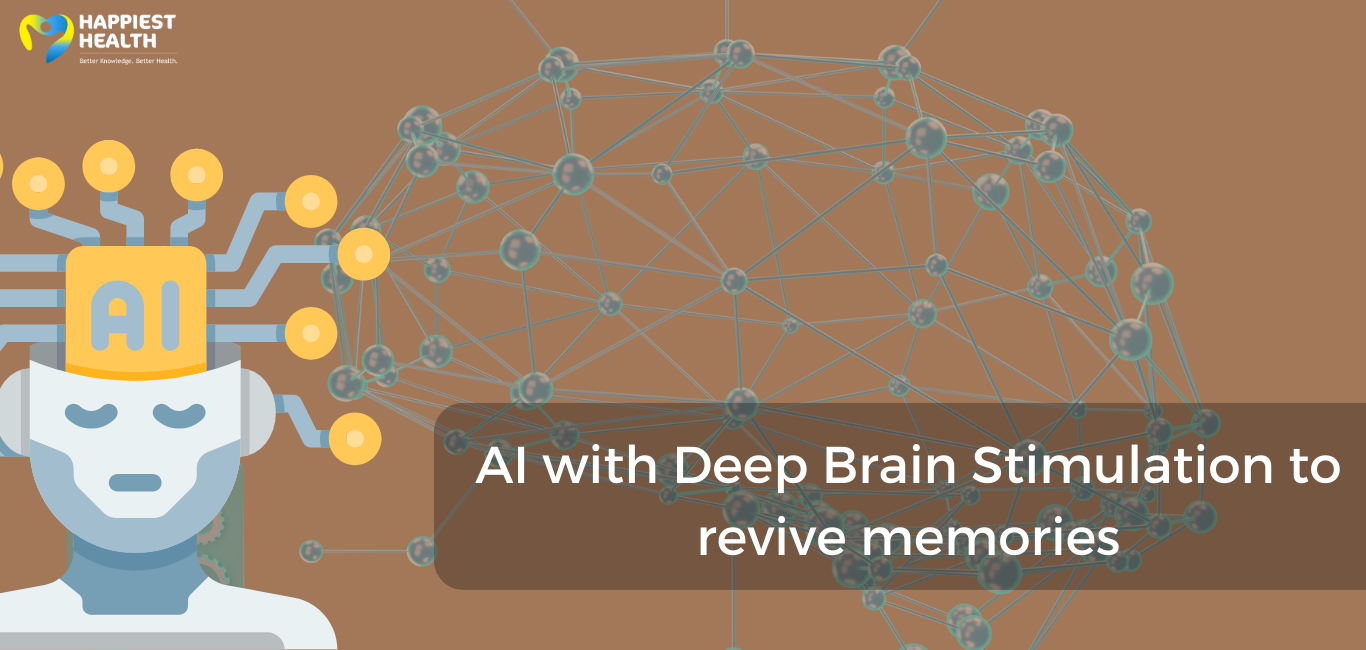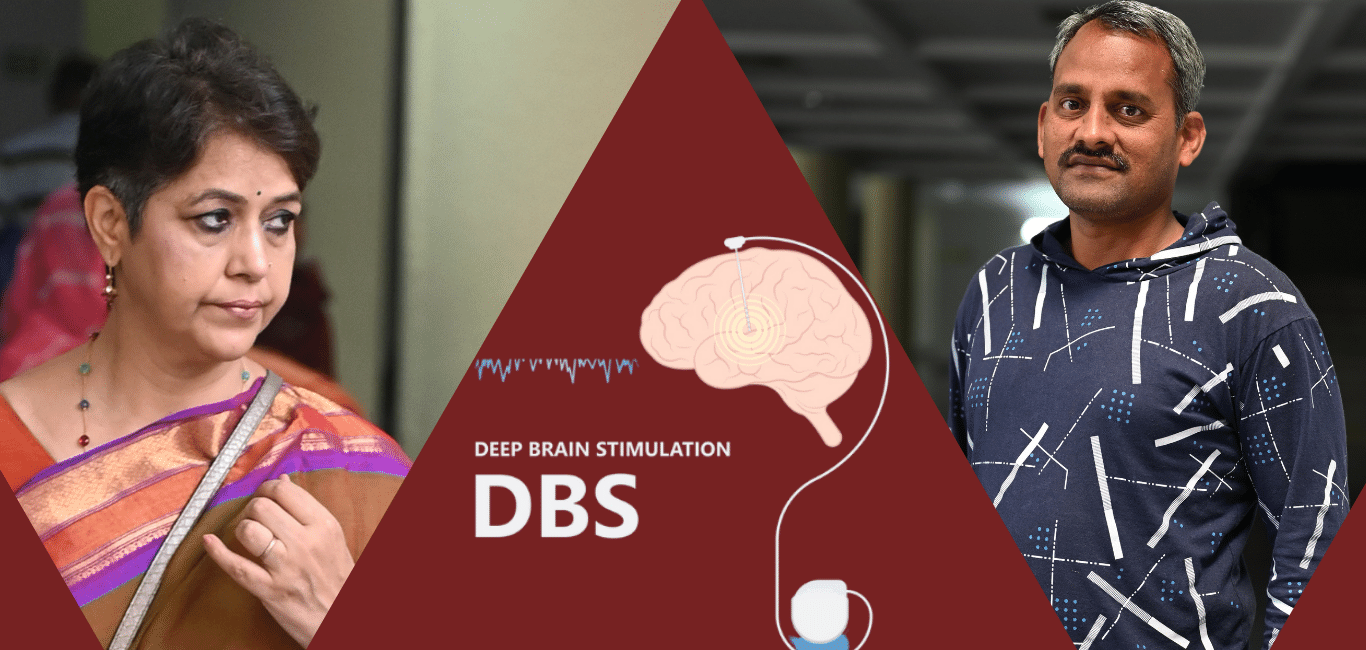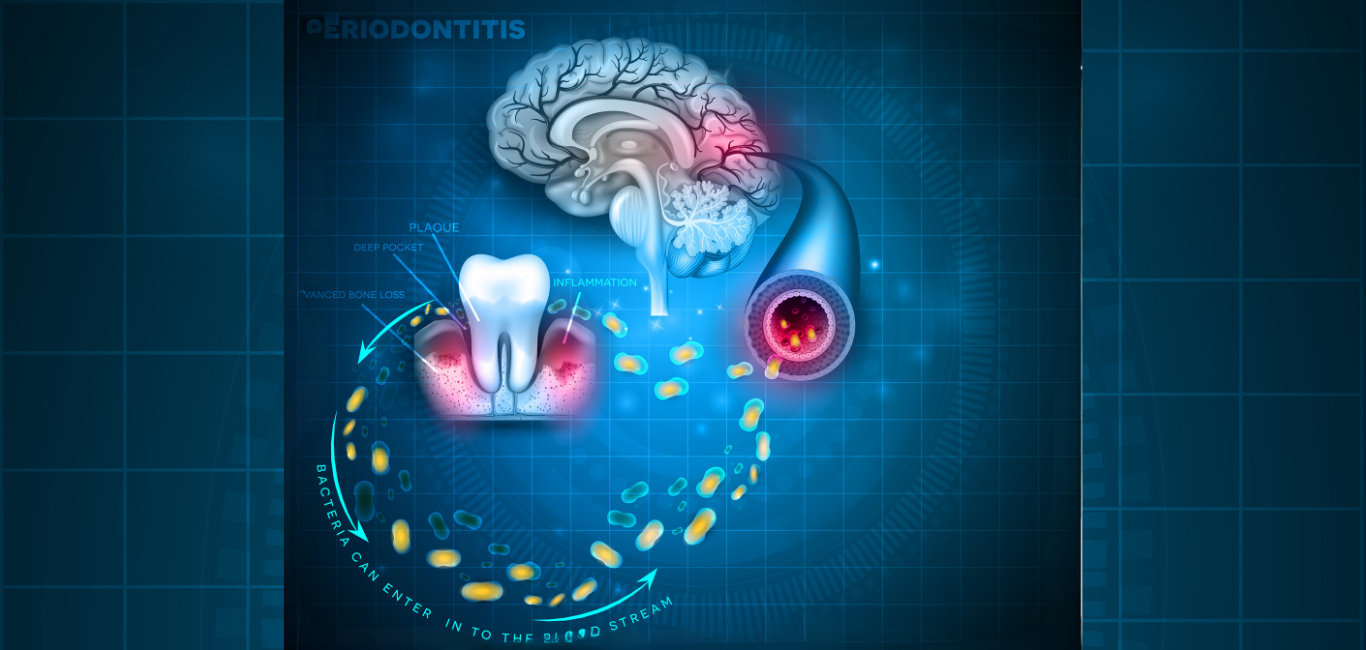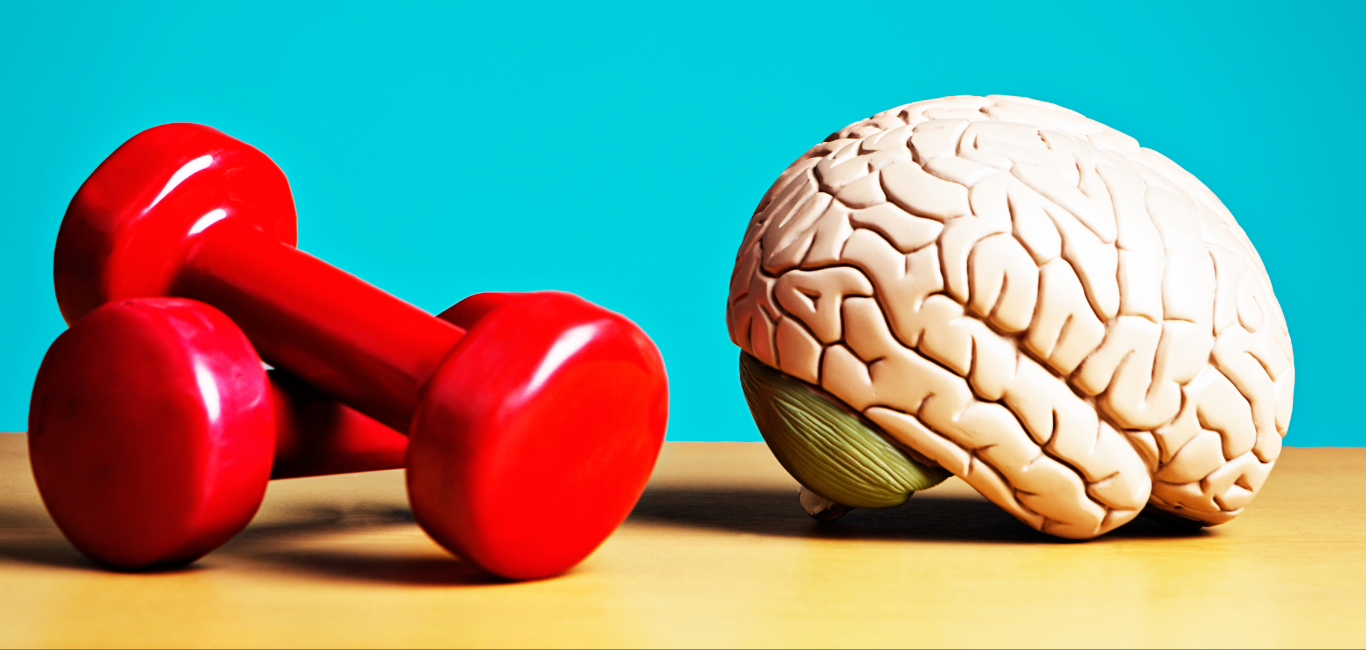
An impaired memory or memory loss naturally affects a person’s quality of life. Unfortunately, memory impairment is challenging to treat. Accessing brain regions is a tricky affair when it is not an impossible one. This is where electrical stimulation turns out to be effective in rekindling the neural circuits.
A recent study published in the Brain Stimulation Journal took a step towards this. It analysed the efficacy of a type of Deep Brain Stimulation (DBS) called closed-loop brain stimulation on memory loss in people with epilepsy and a history of traumatic brain injuries. The researchers observed an improvement in the memory of seven of the eight participants. They found that the AI-based technique showed a 19 per cent improvement in their memory.
The study’s research team from the University of Pennsylvania, USA, stated in a press release that their study serves as a proof of concept for applying the closed-loop DBS method in treating similar conditions.
Deep Brain Stimulation (DBS) effectively reduces the symptoms of some neurological conditions when medications prove ineffective. Active research is ongoing in enhancing the efficacy of DBS by integrating AI and machine learning methods.
Using AI as a guide for brain stimulation
Deepak Velgapuni Raya, a PhD scholar at the Centre for Neuroscience (CNS), Indian Institute of Science (IISc), Bengaluru, explains that regions involved in memories like the hippocampus reside deep inside the brain, inaccessible for study. “Since people with epilepsy undergo invasive treatments, researchers can record the neural activities using intracranial Electroencephalograph (EEG) or implants. This is challenging otherwise,” he says.
In the study by University of Pennsylvania, researchers inserted a type of EEG called Stereoelectroencephalography (sEEG) which is minimally invasive in the participants’ brains. The experiment setup involved learning a list of words arranged in a sequence. During learning, researchers captured the pattern of neuronal firing in the brain corresponding to the learning. This generated personalised data for each participant, an input to create an algorithm called logistic regression classifiers. This algorithm is a foundation for the AI tool, which gives information about each participant’s neural activities.
A loop of impulse
After memorising the words for distraction, the participants performed other tasks briefly. Following this, participants were asked to recall the words they could not. However, when the researchers used closed-loop electrical stimulation to stimulate the brain region (left lateral temporal cortex), their recalling ability improved significantly.
Dr Hardik J Pandya, Associate Professor in the Department of Electronic Systems Engineering, Division of EECS, IISc, Bengaluru, explains that conventional continuous stimulation results in side effects like memory loss if used longer. “However, the closed-loop stimulation is different, and instead of continuous stimulation, it stimulates the signal in a controlled manner in the region of interest accordingly,” he says.
According to Vishesh Choudhary, a PhD scholar at CNS, IISc, during both low and high memory states, while recalling, the brain generates EEG signals, which helps classify any lapse in memory or lapsing recall.
AI for the win
According to Raya, in a hospital setting, AI tools can help doctors interpret signals and find specific patterns that might otherwise go unnoticed by the human eye. He says that in case of memory retrieval or maintenance, the AI tool will guide the selection of stimulation frequency.
Choudhary says that each part of the brain has different requirements or different neuronal connections, and AI tools can help develop customised therapy or stimulation protocols.
One thing is certain. We live in an age where unreachable regions of the human brain are now reachable, thanks to artificial intelligence. Those invested in learning the ins and outs of the brain from up close have much to rejoice about.
Read more: Snooze to not lose: memory boosting power of naps

















